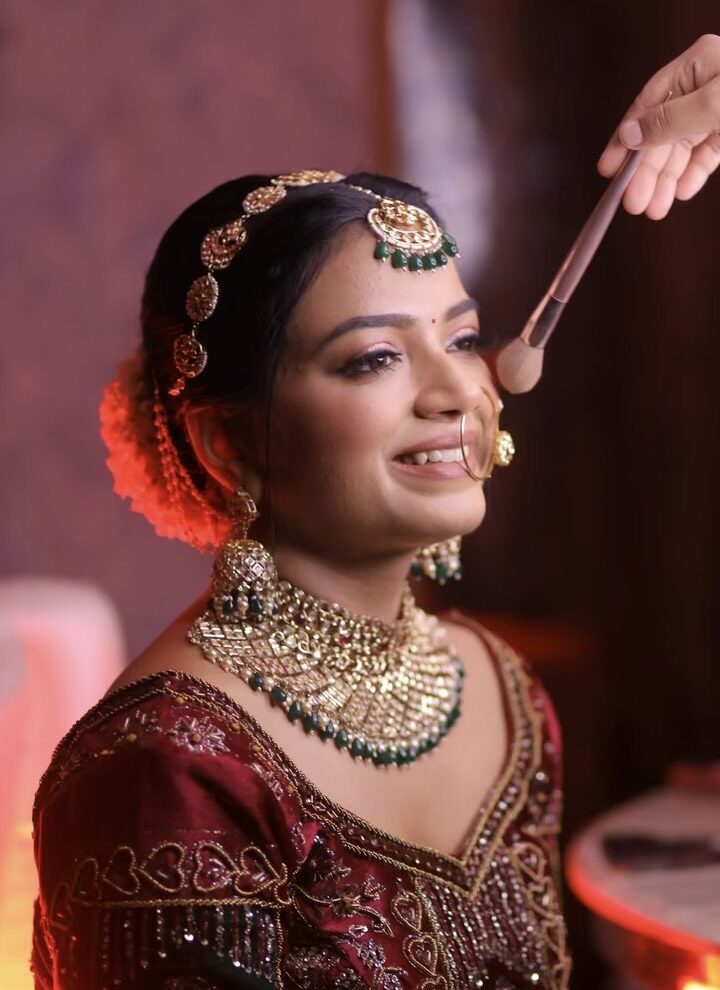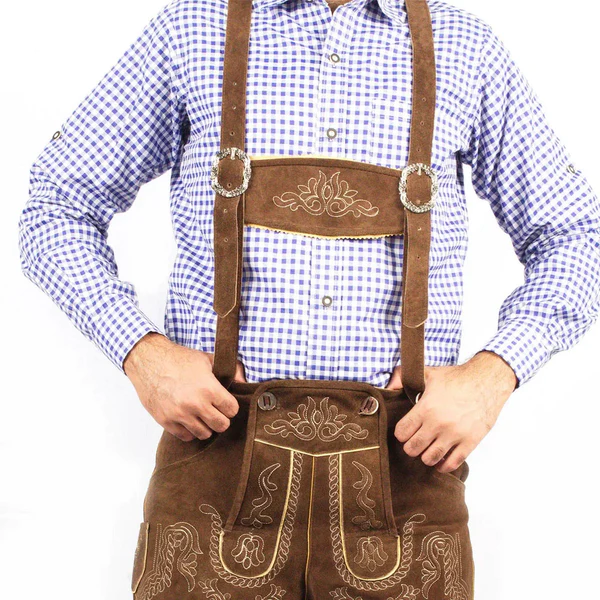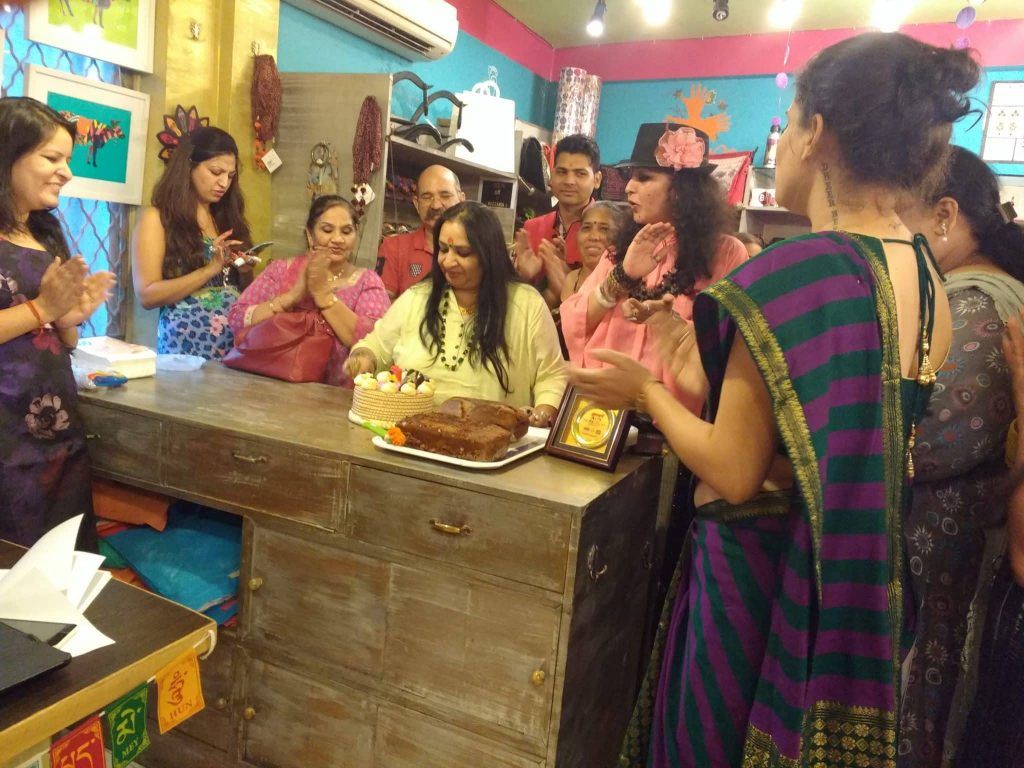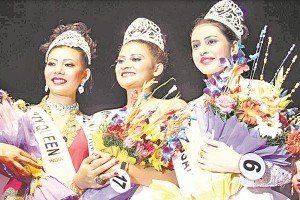Lederhosen is a highly celebrated Oktoberfest outfit for men, and surprisingly, women are also turning from dirndl to these Bavarian attires to look distinctive. However, it wasn’t always like that, as the evolution of this outfit has a fascinating history and events.
Many people seem to live under the misconception that Germans wore Lederhosen daily before it became a traditional outfit. But this doesn’t seem right. Firstly, Tracht outfits have never been a part of German traditions and culture but are linked to the South German, Bavaria, and Alpine regions. Secondly, it was originally workwear for the peasants who did laborious tasks that required sturdy clothing.
Table of Contents
Authentic Lederhosen | What Do They Look Like?
Lederhosen was work clothing, not national symbols. The original Bavarian lederhosen was made from stag leather. However, special variations were available with silver chains, trinkets, and other accessories for Sundays and holidays. Among these accessories is the Charivari, a decorative silver chain adorned with trinkets like coins, animal teeth, and other small items, symbolizing wealth or hunting prowess.
No checkered shirts were there. Instead, plain white linen shirts were worn for formal occasions. Moreover, authentic lederhosen had small pockets specifically designed to hold smooth, flat stones. To complete the look, people wore short woolen socks or Loferl felt hats, and hunter’s trophies, indicating status. The traditional outfit was completed with a Loden jacket, adding to the ensemble’s functionality and style.
The Historical Background of Lederhosen: Origins & Functionality
Beginning of Lederhosen
While leather pants are ancient, the iconic “Lederhosen” we know today has a surprisingly turbulent history. Forget Hollywood stereotypes; these breeches started rough and rugged in the 18th Century, worn by Alpine farmers for their practicality, in tough stag leather, not the shiny department store versions we see today. Made of sturdy materials, these outfits were designed for both functionality and comfort.
Revival in 19th Century
In the 19th century, fashion trends shifted, and wool “Loden” became the workwear king. Yet, some saw leather’s charm and started celebrating it as traditional garb, even forming clubs around it to celebrate the alpine clothing traditions. Despite its earlier success, Trachten experienced a decline in popularity throughout the 19th century.
The Industrial Revolution and changing social norms led to the adoption of more modern clothing styles. In 1810, the wedding of King Ludwig I of Bavaria and Therese of Saxe-Hildburghausen played a pivotal role in reviving Trachten. The ceremony featured traditional dress, solidifying its association with Bavarian cultural identity.
20th Century Fluctuations
The early 20th century saw another revival of Trachten attire, particularly after WWI. However, WWII and the subsequent period brought a decline once again when the Niazis came. They tried to make Bavarian lederhosen the national German garb, erasing their Alpine roots. It didn’t stick, but foreigners often linked them to all of Germany due to the post-WW2 occupation.
The Comeback of Lederhosen as a Festival Costume
During the 80s, lederhosen was an elusive sight. Today, they’re practically synonymous with Oktoberfest and other cultural celebrations. While not exactly historically accurate as everyday wear, they’ve undeniably become popular festival attire, sometimes even earning special perks like free entry, as with BMW’s promotion.
While you won’t find people strolling down Berlin streets in full Trachten gear, Oktoberfest, weddings, and family gatherings in the region present a different picture. Women often embrace the flattering German dirndls, while men lederhosen are less common. But festivals and celebrations are where these garments truly shine, with even celebrities like Harry Kane sporting them with pride.
Remember, though, authenticity matters if you’re considering an authentic German lederhosen costume, especially for these events. Beyond the festive realm, Trachten has a remarkable presence. Football fans might wear them, some men might use Lederhosen as casual shorts, and you might even see a few toned-down versions at work.
Old Vs. New Lederhosen: Modern Adaptations and Fashion Influence
Today, German lederhosen attire continues to evolve. Contemporary lederhosen brands and designers are incorporating new materials, colors, and styles to cater to modern tastes while respecting traditional elements. Additionally, the rise of eco-conscious practices has led to the development of sustainable and ethically sourced Bavarian outfits.
The contrasting table below will clarify the difference between traditional and modern lederhosen.
| Feature | Traditional Lederhosen | Modern Lederhosen |
| Material | Made from authentic, robust leather from deer or goat. | Incorporates leather and synthetic materials for sustainability. Lighter, more comfortable options like cowhide. |
| Colors | Primarily in classic vintage brown shades and natural leather colors. | A range of color options includes black, gray, green, red, and blue, offering more individuality and expression. |
| Style | Knee-length cut with suspenders or buckles for functionality. | Variations in length, including shorter or calf-length, with pre-cuffed options. Fitted or looser silhouettes. Alternative closures like zippers or buttons. |
| Design & Embroidery | Features intricate embroidery with regional patterns. Decorative stitching or accessories for special occasions. | Intricate patterns, embroidery, motifs, and metallic accents for personalization. |
| Suspenders | Leather suspenders are integral for style and functionality. | Suspenders are out of fashion now, replaced by belts and other convenient options. |
| Production | Hand-made using time-honored techniques, emphasizing quality and durability. | A mix of handmade and mass-produced, with varying quality levels. Sustainable and ethically sourced practices are more common. |
Embracing Trachten with its True Spirit
So, you see the transformation of Lederhosen from farmer’s clothing to a highly sought-after festive attire full of ups, downs, and interesting events. If you’re ever invited to a Bavarian wedding or going to attend Oktoberfest in Munich, embrace the true Bavarian spirit with Trachten costumes like Lederhosen. Remember, while this Trachten costume is fun, keep it aligned with the traditional flair to respect the culture. If you want to look at the traditional lederhosen reserved from history, visit the Lederhosen Museum in Grassau, Germany, dedicated entirely to the history and evolution of these iconic garments.
FAQs
Are Lederhosen and Bundhosen the same?
Lederhosen and Bundhosen are traditional knee-length leather breeches. Lederhosen is more associated with German festival wear. Bundhosen, on the other hand, offers a contemporary and formal vibe.
Is it essential to wear Lederhosen at Oktoberfest?
Wearing Lederhosen at Oktoberfest is unnecessary, but it significantly enhances the festive experience. This costume allows participants to enjoy and explore the traditional Bavarian culture fully.
Do women also wear Lederhosen?
Yes, women prefer Lederhosen to wear at Oktoberfest or other celebrations rather than dirndl for a unique appearance. Many brands are offering female Lederhosen in amazing styles.












